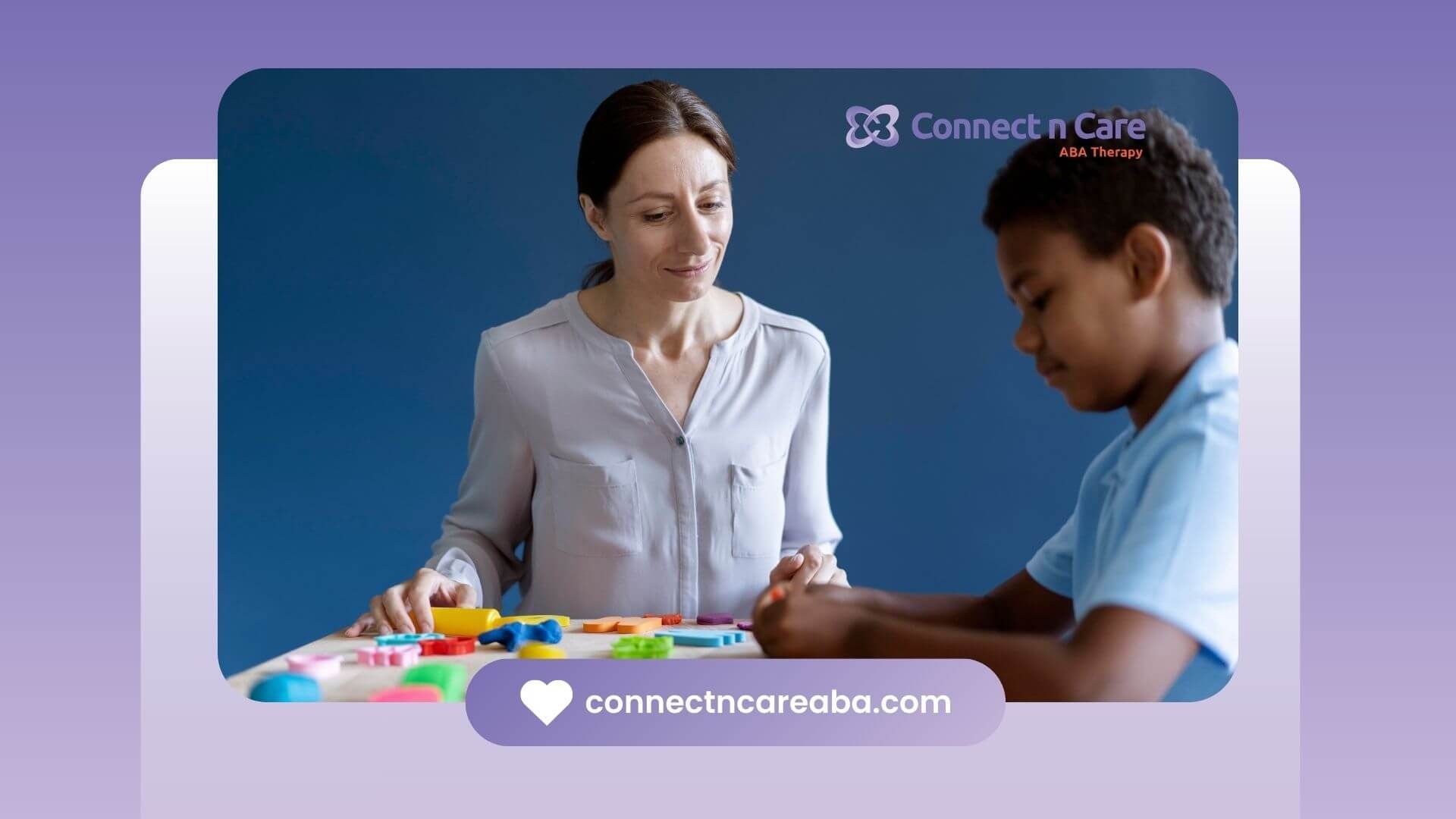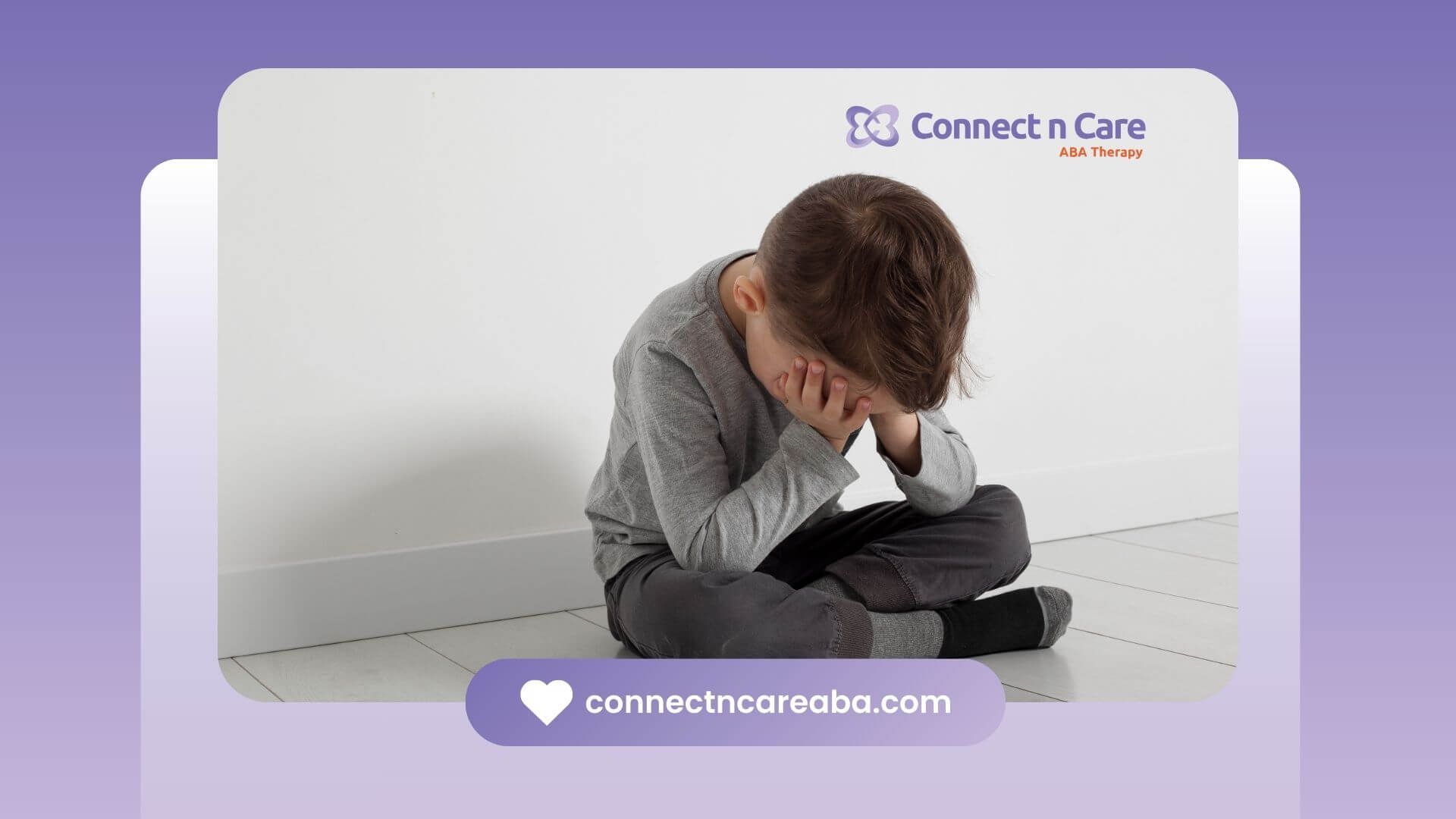Getting through daily living and activities of daily living (ADLs) is an important step for children with autism. Simple tasks such as grooming and dressing play a big part in building independent living skills and help kids find autonomy. Many children who have autism spectrum disorder can have tough moments when trying to use these skills in real daily life. Even so, using some adaptive ideas can make these tasks much easier to manage. What can parents and people who care for kids do to help grow these abilities in the right way? This guide talks about useful tips, some of the usual problems, and key ADL groups to support your child while they work toward greater independence in everyday life.
Understanding Activities of Daily Living (ADLs) in Autism
Activities of daily living, or ADLs, are very important for helping autistic children be more independent. By teaching key skills like dressing, personal hygiene, and making meals, caregivers can make the life of the child better. This also helps them have more adaptive behavior. When an occupational therapist uses task analysis, it is easier for the child to understand each step. Adding educational activities to the daily routine is also useful. It helps develop motor skills, and it is good for emotional regulation. With the right support, children on the autism spectrum can do better in many different parts of life.
Definition and Key Concepts of ADLs
Activities of daily living (ADLs) are the simple tasks you need to do to live on your own. These include things like keeping up with your hygiene, getting dressed, making meals, and using the bathroom. For kids with autism, these daily living skills can look even harder. To help, you can break these jobs into smaller steps to make the work less scary and more doable.
There are also more complex parts of daily living, called instrumental activities of daily living (IADLs). These include things like figuring out money or doing the grocery shopping. These kinds of life skills help build adaptive behavior as kids grow up and get ready for adulthood. Learning these daily steps gives people a strong base for how to manage every day and helps with being more independent.
Helping someone learn ADLs needs some smart planning. You can break jobs into easy-to-follow daily steps. You can use things like pictures or signs or show how to do each daily task. Make sure every goal matches the child’s age so that they are able to pick up new skills at their own pace. This will help with being part of their daily tasks well and with confidence. With good support and practice, children with autism can get better at the key life skills they will need for independent living as they grow.
Why ADLs Matter for Children with Autism
Mastering ADLs is key for autistic children to have a better quality of life. It helps them be more independent and happy. When you have these daily living skills, you do not have to rely so much on others. Kids can take care of themselves more. Doing simple things, like brushing teeth or getting dressed, helps them feel more sure of themselves.
ADLs are not just for getting through the day. They also help children get ready for adulthood. Learning these skills gives children better ways to solve problems and know what to do next. This helps them with even more skills as they grow.
ADLs also help autistic children fit into social spaces. They make it easier for them to join in at home or in the community. When kids learn to do things by themselves, they are more able to handle change and new things. This makes them stronger and more independent when they become adults. The right plans can help kids keep learning these important daily living skills and move forward in life.
Common Challenges Autism Children Face with ADLs
Children who have autism spectrum disorder can find it hard to do some daily living activities. This might be because they feel too much sensory input or have trouble following all the steps in a daily living routine. For example, things that use fine motor skills, like dressing or grooming, can be hard and can make them feel upset.
Also, sounds or feelings on the skin can cause big reactions. This makes simple activities harder. These problems often need extra solutions and additional support. Using things like task analysis or pictures to show steps can help. Knowing what they need is important. This helps make daily living routines better and easier for them on the autism spectrum. It also makes their day more productive.
Sensory Processing Difficulties
Many autistic children find it hard to process sensory input, and this can make daily living hard. For example, things like tags on clothes, water that is too hot or too cold, or loud sounds can bother them. When this happens, they may have trouble doing daily living activities. It can be tough for them to focus or stay calm when these things get in the way.
One way to help is to make changes just for them. Try using soft clothes, give them noise-canceling headphones, or organize steps with clear pictures. Emotional regulation is important here, too. It can help them deal with strong feelings when they get upset by sensory input during these activities.
You can also set up a calm, sensory-friendly space for daily living activities. Make one spot in the house quiet and remove things that cause distractions so the child can work better. When you match sensory changes to what your autistic child likes, daily living can go more smoothly. Daily living activities can get easier, less stressful, and more comfortable, even if the child has sensory sensitivities.
Communication and Social Interaction Barriers
Challenges with talking and getting along with others can make it hard for an autistic child to do daily tasks. A child may not use words or have trouble showing what he wants. This can make it hard for him to follow directions or ask for help.
Parents and caregivers can help by using special education tools. These can be things like visual supports and devices that help a child talk or show their needs. Giving clear and simple steps with pictures can make tasks, like grooming or dressing, much easier. It helps cut down on confusion and helps a child do things by himself.
It is good to practice how to get along with others when doing daily tasks. For example, small group times like setting the table can be a way for a child to work on both ADLs and talking with people. When grown-ups use the right help and tools, children can start to feel better about doing things without help. They know what to do, feel seen, and work toward greater independence.
Essential ADL Categories for Autism Children
Helping children with autism learn daily living skills starts by working on the main parts of their daily routine. Important areas such as hygiene, dressing, and meal preparation are a good place to begin when teaching life skills.
Breaking tasks down into smaller steps makes it easier for them to learn. By doing key activities often, children can become more independent in their daily lives. These skills help children feel proud of themselves, as well as make a big difference in their day-to-day routine and their lives as adults.
Personal Hygiene and Grooming
Teaching personal hygiene skills is very important for helping autistic children work towards independent living. Simple daily tasks like washing, brushing teeth, and grooming might seem hard for them. But these routines can be learned if you break them down into clear steps.
- Use visual aids, like charts, to show brushing and washing steps.
- Give simple instructions, such as “Wet hands,” “Put on soap,” and “Rinse well.”
- Try using sensory-friendly items like a soft toothbrush or tear-free shampoo.
- Support these habits with good feedback to help kids feel motivated.
If a child feels upset by smells or textures, choose hypoallergenic items and make changes in the environment. You can use warm water or lower the lights to help. Doing these activities daily helps autistic children build their confidence and skills. In time, they get better at working on their own and feel good about taking care of their hygiene.
Dressing and Clothing Management
Learning dressing skills helps autistic children be more independent. But they may face sensory issues or problems with their body movements, known as motor skills. You can make this task simpler by breaking it into smaller parts. One way is by using task analysis, where you teach each step on its own. For example:
| Step | Action |
|---|---|
| Pick an outfit | Show options and let the child choose their preferred clothes. |
| Put on clothing | Teach one garment at a time, focusing on buttoning or zipping. |
| Adjust for comfort | Ensure the child checks for proper fit and removes tags. |
Pick clothes that feel soft and are easy on the skin. This can stop discomfort when dressing. Support the child often and use ways that fit their needs. These steps can help autistic children learn how to dress on their own and grow their motor skills and confidence over time.
Strategies to Teach ADLs to Autism Children
Autistic children do well when the daily living skills they learn come with extra help and a clear plan. It is good to use steps so each task, like dressing or hygiene, is not too big at once. Tools, such as visual supports, help them understand better.
When they work on new skills every day and follow a set routine, children learn dressing, hygiene, and other daily living skills over time. Parents and caregivers need to give the support that fits the needs of each child. This kind of extra help makes it more likely that children will get new skills and be able to manage their daily routines on their own as time passes.
Visual Supports and Step-by-Step Instructions
Visual supports make it simple for autistic children to learn daily activities. These tools give clear steps, so things are easier to understand. You can use special guides like step-by-step charts or videos. These break down hard tasks into small actions you can do one by one.
- Use pictures or diagrams for each part of tasks, like brushing your teeth.
- Give video demonstrations that show how to do things like hygiene routines or get dressed.
- Swap out spoken instructions for visual instructions when showing schedules and routines.
- Offer color-coded charts that help put tasks in order and make them easier to finish.
Visual prompts mean children do not have to rely just on memory. This helps them do tasks with little help. When children practice with these guides a lot, they get better over time. This can boost their confidence in handling daily activities like dressing and hygiene.
Using Routines and Consistent Practice
Setting up daily routines helps autistic children become more independent. When they do the same things each day, it helps lower their anxiety. This also helps them feel at ease while doing their daily living activities.
To help them learn better, link each skill to a set time. For example, have them brush their teeth after breakfast. Make a schedule that matches the child’s speed. Let them have enough time, maybe even weeks or months, to get used to each part. Use pictures or alarms so they know when something happens.
Doing routines the same way every day is important. This helps them get used to what they need to do, until it feels natural. This way, they learn to manage not just daily things but also important life skills they will use for a long time.
Conclusion
To sum up, it is important to know about and teach daily living skills, or activities of daily living (ADLs), to children with autism. This helps them be more independent and grow strong in their daily life. When children learn these skills, they also feel more confident and do better with other people. If you know the challenges that kids with autism face, you can help more by using things like visual supports and steady routines. These things make it easier for kids to learn new tasks. With time and practice, the children will get better at the important ADLs, which will make their quality of life better. If you want to help your child learn to be more independent, you can get a free consultation with our experts today.
This guide offers invaluable insights into ADL activities, highlighting their importance for autistic children's independence. At Connect n Care ABA, we go beyond explanation, providing compassionate, hands-on support to help your child master these essential daily living skills. Our expert therapists develop highly individualized programs that make learning self-care, hygiene, and household tasks engaging and achievable. We believe that genuine progress in ADLs builds confidence and opens doors to greater independence. Choose Connect n Care ABA for a dedicated partnership, where every lesson is delivered with profound care and every step taken is a move towards a more connected and self-sufficient future for your child.
Frequently Asked Questions
What are examples of ADL activities for autism children?
Examples of daily living for autistic children are things like grooming, dressing, eating, and going to the bathroom. You can break these activities of daily living into small steps. This way, it makes it easier for the child to learn. Doing activities like structured play and helping with meal preparation helps build daily living skills and brings greater independence into their daily routine.
How can parents support their child’s independence in ADLs?
Parents can help their children become independent by showing them step-by-step routines. They can also celebrate every small progress their kids make. Giving daily support during activities is very helpful. Using visual tools and giving encouragement to kids helps them learn new skills. With this help, they get better at handling their ADLs and gain confidence in their daily life.
What role do occupational therapists play in ADL skill development?
An occupational therapist helps children learn daily tasks by showing them simple ways and using adaptive tools. They give support that fits each child’s needs. Their work builds the child’s ability slowly, step by step. The therapist helps with sensory support, improves motor skills, and boosts confidence. All of this is done to help the child do more by themselves.
Sources:
https://pmc.ncbi.nlm.nih.gov/articles/PMC8992889/
https://blossomabatherapy.com/blog/adl-activities-for-autism-children
https://www.autismspeaks.org/life-skills-for-autism
https://educationonline.ku.edu/community/social-difficulties-in-autism-spectrum-disorder#:~:text=Social%20interaction%20difficulties%20are%20a%20common%20characteristic%20of%20autism.,empathy%2C%20and%20exhibiting%20repetitive%20behaviors.









